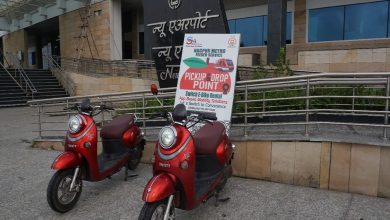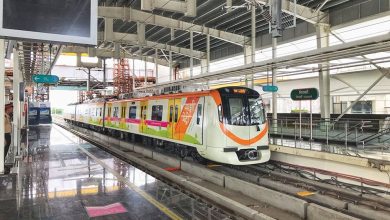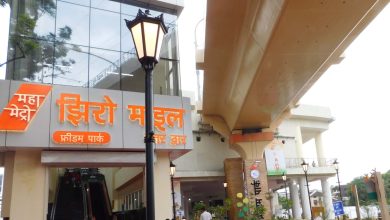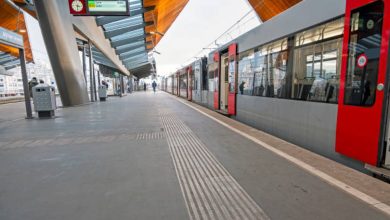Nagpur Metro Faces Uphill Battle as Footfall Peaks but Profits Remain Elusive
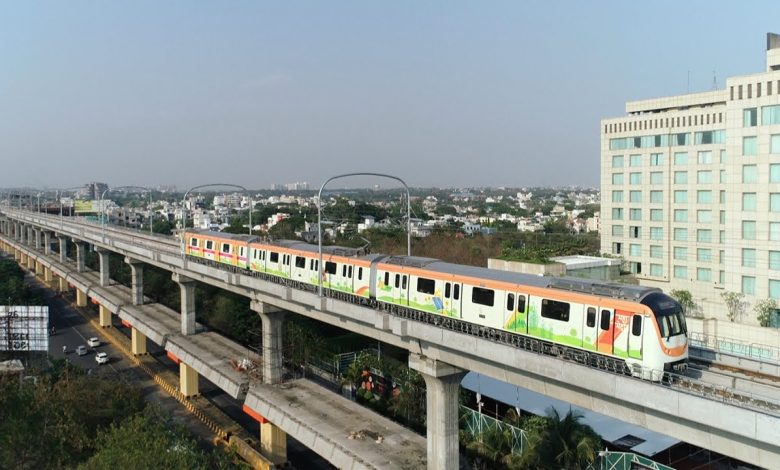
Nagpur, Maharashtra – In a recent surge, Nagpur Metro witnessed a noteworthy increase in footfall, reaching a peak of 1 lakh passengers on February 5. However, this surge, attributed to the Gowari Siege Day when the Gond-Gowari community blocked streets, falls short of the daily ridership required for the Nagpur Metro Rail to break even.
Despite the temporary spike, the average daily ridership remains around 80,000, significantly below the desired threshold. The financial challenge persists, with the Nagpur Metro Rail Corporation Limited (MMRCL) grappling with an average monthly loss of ₹3.5 crore, occasionally soaring to ₹5 crore, even after factoring in non-fare income.
Struggling to Break Even
The completion of the first phase of construction has not translated into financial success for Nagpur Metro. The corporation’s monthly income from both fare and non-fare sources stands at over ₹8 crore, but an additional ₹3.5 crore is crucial to break even. To achieve this, the metro needs to boost daily ridership to 2 lakh, nearly double the current figures.
Fare Structure Woes
Pre-Covid, ridership exceeded 1 lakh, but it dwindled after fare hikes aimed at rationalizing income. Presently, the fare for full travel distance on both routes is ₹41 per passenger, a change from the earlier concessional fare. The non-fare revenue, comprising advertisements and real estate, has been insufficient to offset losses.
Innovative Revenue Strategies
In a bid to generate additional revenue, Nagpur Metro is exploring avenues such as advertising co-branding at stations and train wrapping, where bogeys feature branded names. The corporation is also planning to monetize prime properties, with a fresh tender for developing 20,000 square meters of space at Patwardhan Ground on a public-private partnership (PPP) basis.
Challenges in Monetization
Despite two previous unsuccessful attempts to attract bids for building a 20-story complex at Zero Mile station, the corporation remains undeterred. The focus has now shifted to inviting bids for the Patwardhan Ground project before revisiting the Zero Mile site. However, changes in Floor Space Index (FSI) norms, reducing it from 2.1 to 1.1 times, pose new challenges for potential private developers.
Last Mile Connectivity Initiatives
Acknowledging the need for better last-mile connectivity, Nagpur Metro officials are working on improving feeder services. Recently introduced shared auto services at Kasturchand Park and a shuttle bus connecting the airport with the Airport Metro station aim to enhance accessibility. Discussions with e-rickshaw operators are also underway to bolster services at metro stations.
In the face of financial hurdles and operational challenges, Nagpur Metro remains committed to finding innovative solutions to boost ridership and turn the tide towards profitability.





